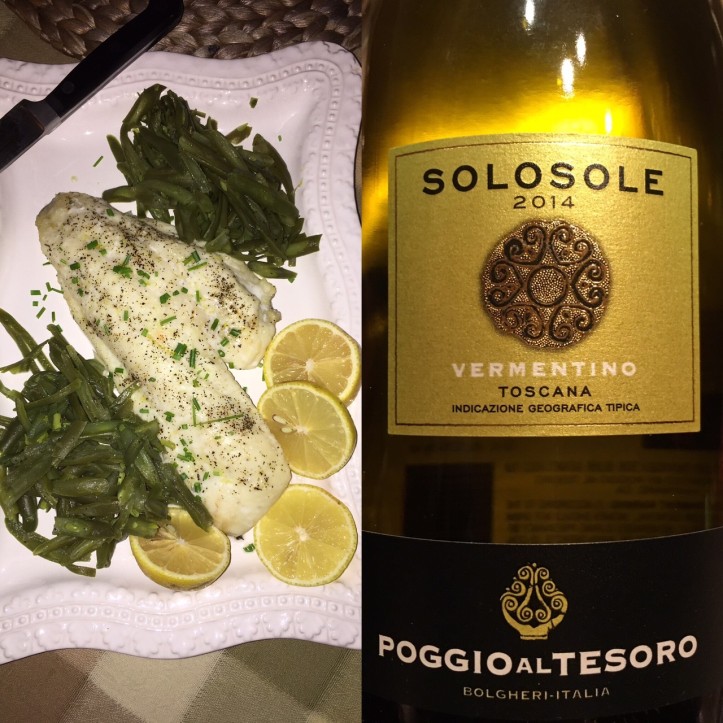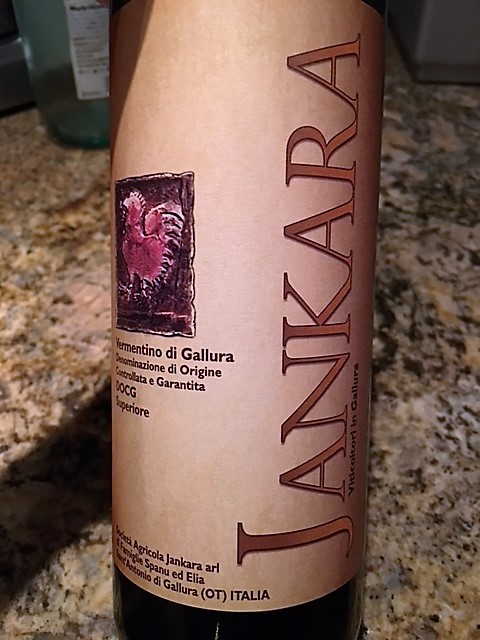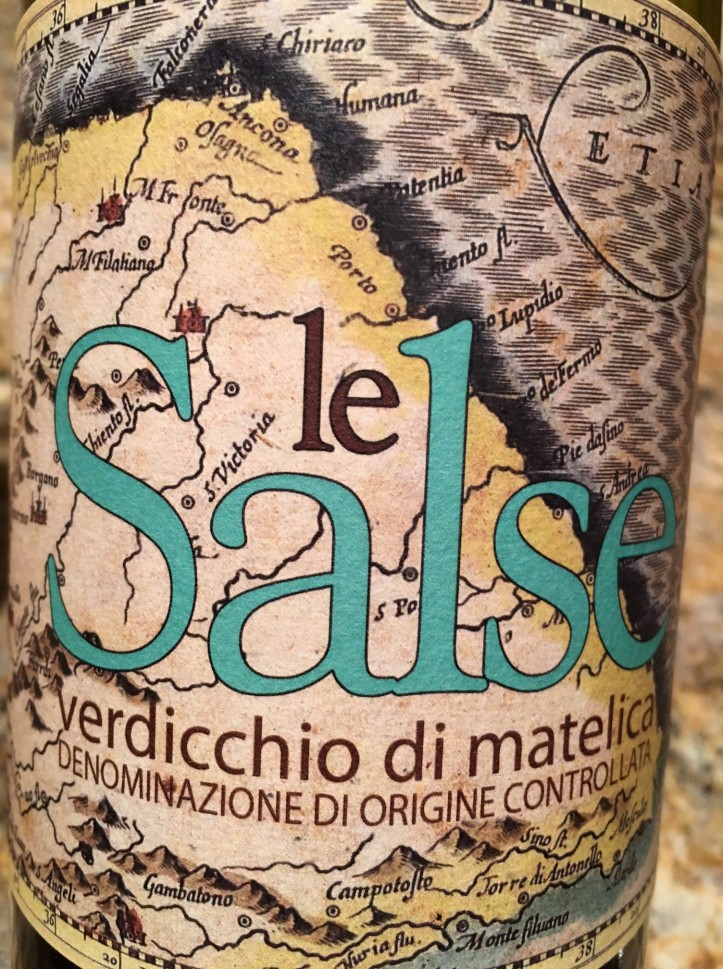Can you believe that Fourth of July is just around the corner? It seems that the weeks since Memorial Day have flown by: before we know it the cool breath of autumn will be here, a welcome relief from scorching summer days. Until then, we will slake our thirsts with beverages that are cool, crisp, and refreshing. And that includes wine! We want to reach into the fridge and pull out a frosty bottle that does double-duty – as a cocktail hour quaff or as an accompaniment to a light summer meal.
The Italian Food Wine & Travel group has done all the research for you, with this month’s recommendations on the Summer Wines of Italy. Our bloggers have compiled a list of their favorite reds, whites, and rosés that will keep you company until the temperatures start to cool. We’re gathering this Saturday, July 1st, at 11 am EDT on Twitter to share our thoughts and we’d love to have you join us! You can follow the conversation by typing #ItalianFWT into the Twitter search box, then click the “Latest” button at the top. You’ll see all of our tweets in real time. And if you’d like to chime in, please do! Just remember to add #ItalianFWT to each of your tweets so we’ll know you’re there.
Curious about what’s on order? Scroll down to the bottom of this post to see what we’ll be talking about on Saturday.
Why Verdicchio and Vermentino?
Both of these grapes are grown in multiple regions of Italy, but they’re most often associated with the central part of the country: Verdicchio with the Marche, which lies on the Adriatic coast, and Vermentino with Liguria and Sardinia on the opposite side. Depending on the appellation, many styles of wine can be made, including dessert and sparkling wines. But what most people think of when they hear Verdicchio or Vermentino is a fresh, high-acid wine that has (usually) not spent any time in oak. These wines are meant to be drunk young, and are the perfect complements to local seafood dishes. Let’s look at them in more detail.
Verdicchio – The Greatest Italian White Variety?
According to Ian D’Agata, author of Native Wine Grapes of Italy (the go-to reference on Italian grape varieties) there is a case to be made for Verdicchio as Italy’s finest white grape. History documents its presence on Italian soil back to the 15th century, but opinions are split as to where those vines were grown. Some claim it was the Marche, home to most Verdicchio production today. Others argue that it was farmers from the Veneto who came to repopulate the Marche after the Plague, bringing vines from their homeland.
Much ado about nothing, I say! Whether you’re drinking a bottle from the Marche or the Veneto (where Verdicchio goes by the names Trebbiano di Lugana; Trebbiano di Soave; or Turbiana) you’ll be enjoying a wine with delicate aromas of sweet almonds, acacia flowers, and citrus/herb flavors. A few growers, including Villa Bucci in Castelli di Jesi experiment with barrel-aging their Verdicchio wines, which results in a more complex style of wine intended for the cellar. If you’d like to learn more about Villa Bucci’s methods, I highly recommend this interview with Italian sommelier Monica Bianciardi. It’s part of Katarina Andersson’s Wines of Italy Livestream program, in which she talks with Italian winemakers about their wines. Her website, Grapevine Adventures is also a fantastic resource on Italian wine in general.
Verdicchio in the Marche
DOCGs: Verdicchio di Matelica Riserva; Castelli di Jesi Verdicchio Riserva
DOCs: Verdicchio di Matelica; Verdicchio di Castelli di Jesi
Vineyards cluster around two towns in this east-coast region of Italy: the villages of Jesi, near the Adriatic and Matelica, which lies inland, closer to the Apennine Mountains. Both regions make a standard Denominazione di Origine Controllata (DOC) version as well as a riserva that is labeled Denominazione di Origine Controllata e Garantita (DOCG). DOC and DOCG wines must be a minimum of 85% Verdicchio, but the DOCG wines must be aged for 1.5 years before sale.
Wines from Matelica come from a cooler climate, nestled in the mountain foothills. They tend to have higher acidity and fuller body than their cousins from Jesi, which are known for their floral aromas. Both exhibit the characteristic bitter almond profile that defines Verdicchio.
While the fresh, young wines make for enjoyable summer sipping, the older wines that have spent some time in oak have their own charms. The almond aromas deepen into marzipan, and a mineral or flinty component emerges. It would be interesting to compare two wines from the same producer that were put through different treatments. Do they share similar traits? Which style do you prefer? Sounds like I’ve got an experiment on my hands! I’d also like to try one of the sparkling wines made from Verdicchio – if I can get my hands on one.
Will the Real Vermentino Please Stand Up?
More than 50 different wines from Vermentino are made in Italy. In fact, it plays the starring role in one DOCG (Sardinia) and 22 DOCs (11 in Tuscany; 6 in Liguria; 3 in Sardinia; and one each in Piemonte and Umbria. And that doesn’t account for the oceans of table wine served by the carafe to hordes of thirsty tourists. Has Vermentino always been so prominent?
After many years of examination and argument, wine scholars have concluded that the grapes known as Favorita in Piemonte, Pigato in Liguria, and Rolle in Corsica (Sardinia’s neighbor to the north) are all Vermentino. While there is quite a bit produced in Liguria, Vermentino is perhaps most closely associated with the island of Sardinia. No surprise, really, given that the grape takes well to poor soils, especially in hot, dry climates. It thrives in the salty, windy environment near the sea.
Vermentino di Gallura, produced in the northern tip of Sardinia, is the island’s sole DOCG, and makes a richer, more full-bodied style of wine redolent of tropical fruit. Winemakers here have experimented with resting the wine on its lees and barrel aging to produce that richer style. It makes a nice contrast with the lighter, more citrusy versions that are more familiar. All of the wines finish with a decidedly mineral, saline flavor, showing off their seaside roots.
It’s interesting to note that the Bolgheri region, on the Tuscan coast, also makes wines from Vermentino. Famous for its Super Tuscan red wines, Bolgheri DOC permits Vermentino in its white blends, where it comprises no more than 70% of the mix, and also in its varietal wines, where it must be at least 85% of the blend.
Food and Wine Pairing
Living in Florida, I enjoy summer weather every day. Verdicchio and Vermentino make regular appearances at my dinner table – or even on the balcony for cocktails. They make great partners with the local fish here, and we’re lucky that neighborhood restaurants are pretty good about offering a nice selection on their wine lists. Here are a few of my own menu pairings that will give you an idea of the delicious potential of Italy’s two perfect summer wines.
Citrus-Glazed Hogfish Snapper and Poggio al Tesoro Solosole Vermentino (13.5% abv; $20 retail)

This wine, from Bolgheri, is 100% Vermentino and represents the riper style that exudes tropical fruit aromas and notes of acacia flower. It has a creamy texture thanks to time on its lees, yet retains a nice ribbon of acidity, which makes it brilliant with a citrus glazed fish. In case you were wondering, Solosole translates to “just sunshine.” Enough said.
Another great match would be this Jankara Vermentino di Gallura, from the most favored growing spots in northern Sardinia. It’s all Vermentino, with grapes sourced from a single vineyard perched on a hillside at about 1,000 feet. It retails for about $20.

Pasta with Pesto and Cantina dei Colli Ripani Irideo Verdicchio dei Castelli di Jesi

During one of last year’s #winestudio sessions, we traveled to Le Marche to taste the beautiful wines of Cantina dei Colli Ripani. I was struck by the Verdicchio’s affinity for the pesto sauce I had whipped up for dinner. The match was a delight for the senses. I wasn’t able to find any more information about where to buy it now, so I’m giving you an alternative suggestion:
Cantine Belisario Le Salse Verdicchio di Matelica (12% abv; about $14 retail)

I found this wine at my local Whole Foods, and it’s a real pleasure to drink, especially with the herbal, savory pesto. Le Salse is made by one of Matelica’s best co-operatives, where it undergoes malolactic fermentation (resulting in milder acidity) and then is aged in stainless steel. There is lovely, tangy citrus fruit, along with some fennel and cream. Don’t you just love the label? I dig maps, and this is a wine map!
Here are a few suggestions from my fellow bloggers on other fantastic Italian summer sips:
- Gwendolyn of Wine Predator shared Our New Favorite Summer Italian Wine: Lambrusco!
- Camilla of Culinary Adventures with Camilla posted Quick Summer Dinner: Salumi, Formaggi, e Amarone
- Jill at L’Occasion wrote about Fresh Wines from Umbria and Lazio
- Jen of Vino Travels posted Italian Red Wines to Enjoy in the Summer
Thanks for joining us this month. In August we return with a tour of the Alpine Regions of Italy, hosted by Jill Barth of L’Occasion. Hope to see you there!
Wow thank you so much to referring to me and my live stream and blog. 🙂 And I am happy that you found the interview with Monica Bianciardi useful. Le Marche is indeed a region with many interesting grape varieties and wines…still a bit hidden as a region.
LikeLiked by 2 people
You’re welcome. I always learn so much during your programs that I’m happy to share it. Have a great weekend!
LikeLiked by 1 person
Thanks for this post! I can’t wait to track down a bottle.
LikeLiked by 1 person
I wasn’t aware that Favorita and Pigato are also Vermentino. I’ve updated my wine grapes list 😉
Always amazed by the rich history and bazillion indigenous grape varieties in Italy. Thanks for an informational and tasty post!
LikeLiked by 1 person
Thanks Lynn. I learn something new every time I write a post on Italian wine! And Ian D’Agata’s book, Native Wine Grapes of Italy, is fantastic. It reads more like a novel than a reference guide.
LikeLike
One of the wines I featured this month was a Vermentino and Verdiccio blend from Umbria and it was just fantastic! This is a wonderful topic to discuss and enjoy!
LikeLiked by 1 person
Oh, that sounds delicious! The perfect summer blend.
LikeLike